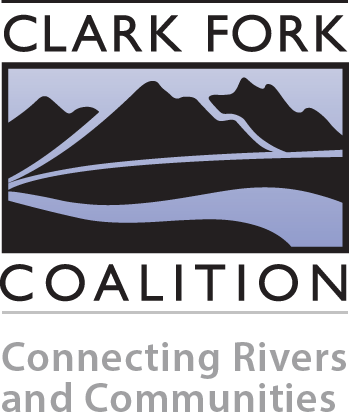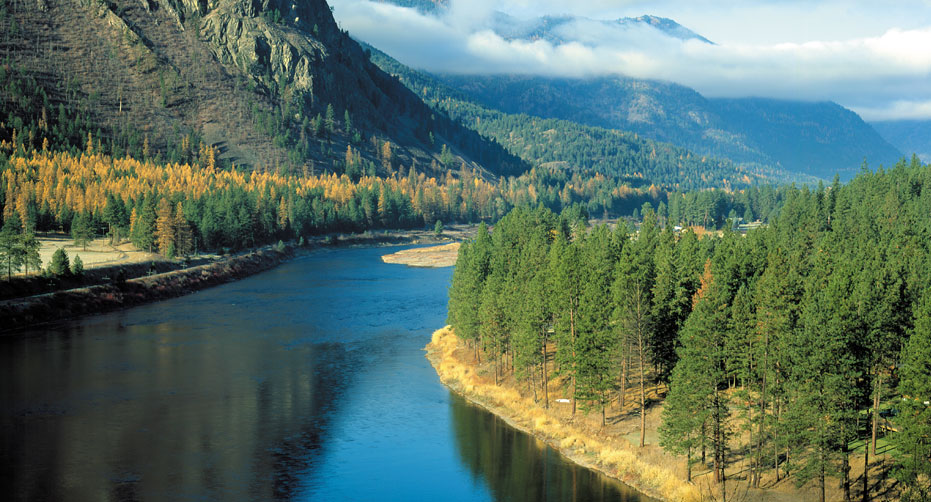Potential Copper Cliff Mine in Blackfoot Valley
Near the old mining ghost town of Garnet, at the headwaters of Union Creek above the lush, rural Potomac valley, there’s an outcrop of rock stained iridescent blue and green with copper minerals. That colorful cliff has inspired numerous attempts to see if there’s ore where that color came from, and the most recent explorer is Kennecott Exploration Company, a wholly owned subsidiary of the multinational Rio Tinto Group, which has been sporadically investigating this area since 2005.
Backdrop: The exploratory process
In 2012, Kennecott conducted magneto-telluric surveys in the Copper Cliff area to try to define the subsurface extent of the ore body. This passive geophysical survey followed a drilling program conducted in 2007 and 2008 that resulted in seven or eight drilled holes in the rock, reportedly showing “mixed” results. In 2013, encouraged by result of the geophysical survey, Kennecott drilled three more holes into the suspected ore body. They found enough high-grade gold, silver and copper to expand the drilling program to six more holes in the summer of 2014 in order to further delineate the nature and abundance of minerals in the ore body.
As Kennecott spokespeople have emphasized in community meetings, only 1 percent of targets ever investigated become an actual mine, and this project is still in very early phases — not even far enough to know if there’s an economically viable ore deposit. It typically takes 10 years to move from this conceptual phase to production, if an ore body is deemed to be mineable. Yet the company knows enough to recognize that the ore they are looking at is a “porphyry copper” deposit – a disseminated, vein-rich type of deposit that often hosts gold and molybdenum along with copper. Porphyry copper deposits host some of the largest mines in the world and – more often than not – they are open pit mines (Butte and Bingham Canyon in Utah are examples). In this case, Kennecott has been quick to state that this deposit is not “surface-mineable” because the top of the mineralization is 1,800 feet below the surface. But these types of deposits are usually associated with sulfide minerals that, when exposed to oxygen, produce acidic water pollution, and any type of mine would still require land (and water) for mineral processing and tailings disposal.
A mining operation at Copper Cliff would likely result in removal of ore concentrate, or raw ore, that would then be shipped out of the valley by truck, probably to the nearest rail line.
At this point, the main impact is road and drill pad construction, all of which they must reclaim. In summer of 2014 they will continue to do water sampling in Union Creek and the Blackfoot River, and will expand water sampling to include Cramer and Camas Creeks.
Keeping tabs
Although it’s much too early to speculate on the environmental consequences of a mine at Copper Cliff in the Blackfoot Valley, we are concerned enough to be tracking the project carefully. Kennecott has typically shared results from their field season at public meetings in the fall or winter. Stay tuned for updates.



